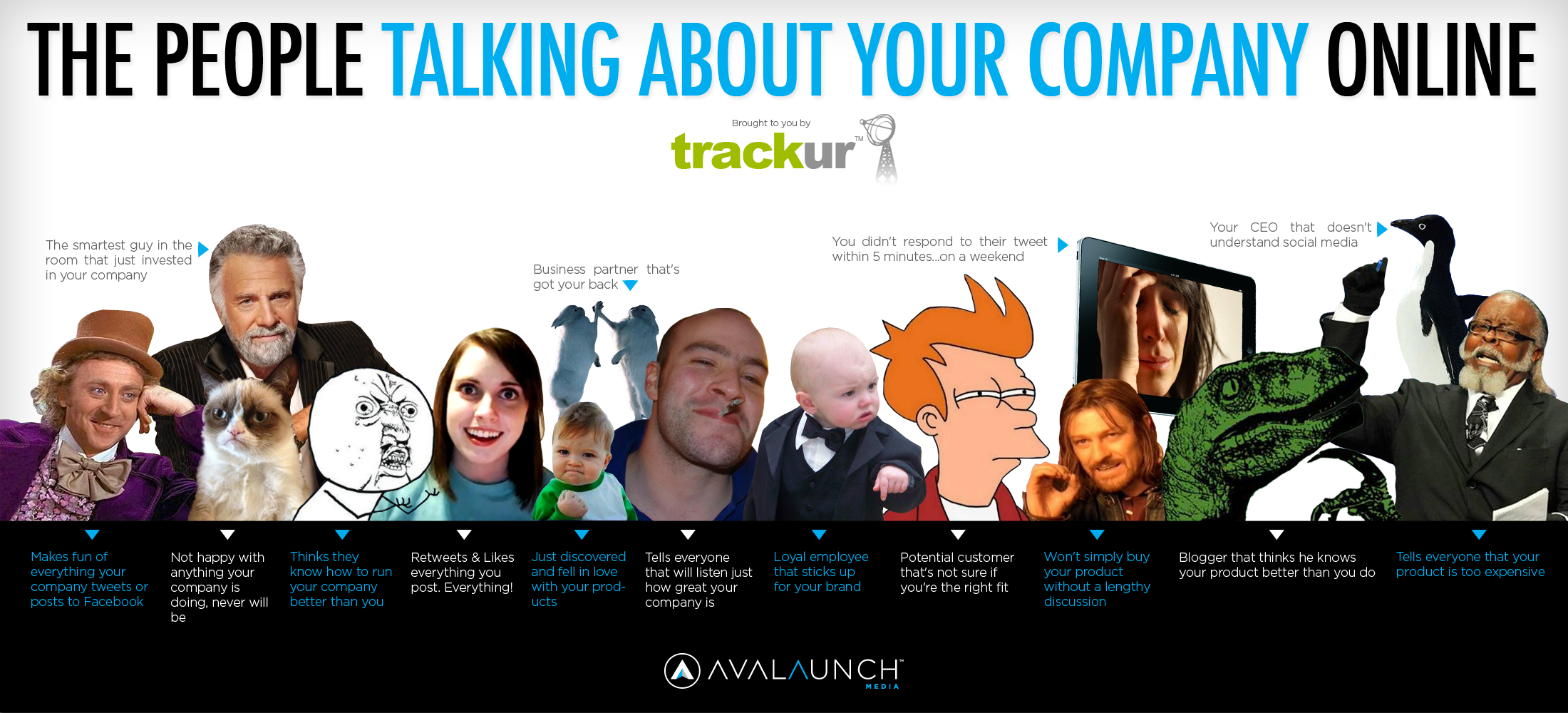For the past two weeks we have basically took the crash course into data journalism and may have more to go. In this current section of it, it focuses more on the visulizations that have appeared with the data which in a sense puts into visual everything that has been read so far. One thing that stands true about these infographics is that they definitely capture the reader’s attention through relevant graphics. For example, there is an infographic which illustrates how many times a quarterback is mentioned on ESPN by showing their mentions in the QB’s size (i.e. the biggest QB illustrated had the most mentions). Now there to do to these graphics than just look at the pretty pictures. As part of the word suggests, infographics give us information. Take the New York Times infographic entitled, “Reshaping New York”. If you click on a certain section of the city it begins a tour of that area. Click again and it shows you what it looked like roughly 10 years ago and what it looked like recently. So for infographics in that sense, it is not only putting you in the know but giving you what you want to know.
1. How can data visualizations give you too much information or unnecessary information?
2. How do you determine what type of infographic to use?
3. Does broadcast news requires an increase in the use of data visualizations?
4.

